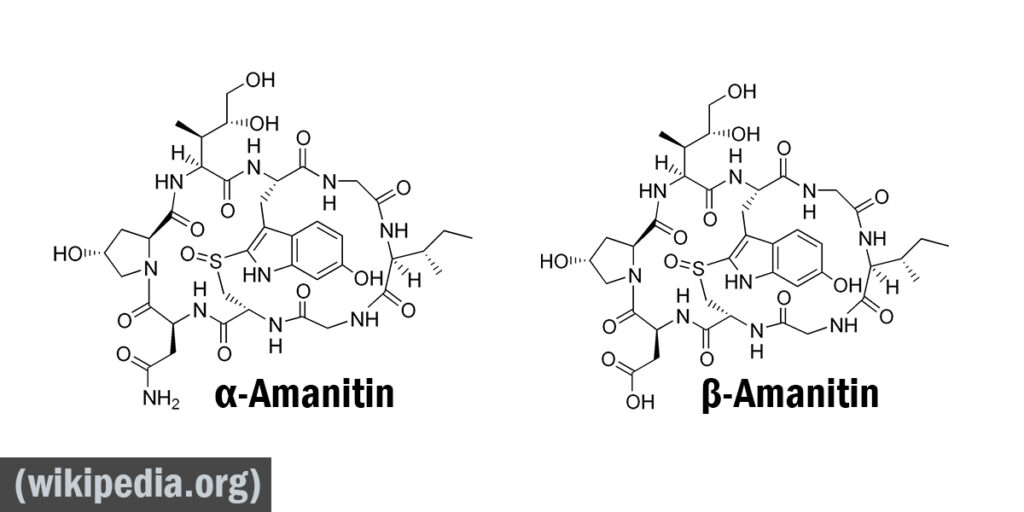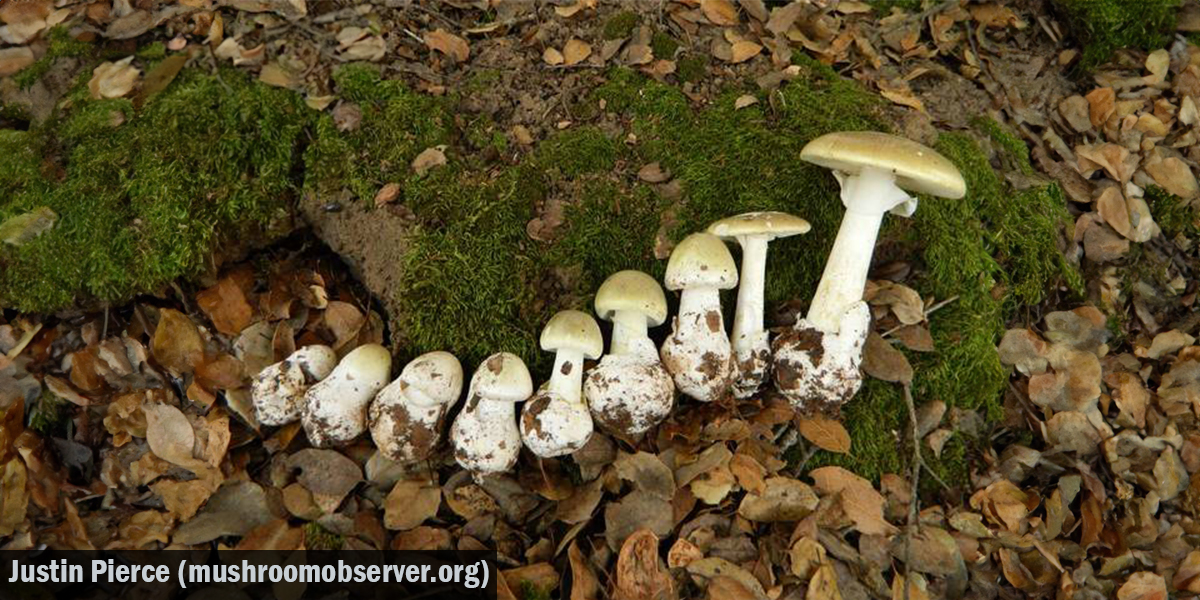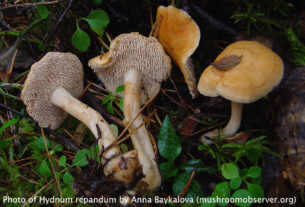A Casual Gathering Turns Deadly
On a Saturday afternoon like any other, an elderly couple invited two friends to visit their daughter in law for lunch. Their meal turned out to be fatal for 3 of them and has left one in critical condition.
The Victims and Their Connection
What went wrong? And why might mushrooms be to blame?
Gail and Don Patterson set out to have lunch with their daughter in law Erin Patterson on Saturday, July 29th at her home in Leongatha, 2 hours south east of Melbourne, Australia. They brought with them the Wilkinsons: Ian and Heather (Gail’s sister).
The four of them were coming from Korumburra, a nearby town where Ian was the local Baptist church pastor.
The Police Investigation and Unfolding Evidence
Yet police believe they they may have consumed death cap mushrooms (Amanita phalloides) and suffered the consequences. On Friday, August 4th, Heather (66) passed away as did Gail (70). The following day, on Saturday, August 5th, Don (70) also died. Of the four visitors, only Ian (68) survived in critical condition and is awaiting a liver transplant (as of the time of writing).
It is unknown whether Erin, her son, and daughter ate the food prepared by Erin or not. None of them were reported to have health issues following the lunch. Erin’s ex-husband Simon was not present at the gathering and is said to be “amicably” separated from Erin. Without further evidence, there is no reason to believe that the poisonings were intentional.
Erin was quoted for saying to reporters, “I didn’t do anything, I loved them. I just can’t fathom what has happened.” She went on to say, “Gail was the mum I didn’t have (…) They were some of the best people I’ve ever known (…) I’m devastated [that] they are gone.”
“No one would ever expect that to happen here,” was said by regional mayor Nathan Hersey in a statement published by the BBC.
Police have subsequently taken into custody a food dehydrator for forensic testing.
How can a mushroom be responsible for so much damage?
The Culprit Unveiled: Amanita Phalloides, the Death Cap Mushroom
Known as the death cap, Amanita phalloides is said to be responsible for 90% of all lethal mushroom poisonings. It contains several toxic compounds, but the most lethal are a group of cyclic peptides known as amatoxins. They are technically cyclic octapeptides that bind to enzyme RNA polymerase II. This inhibits the synthesis of mRNA from DNA, disrupts function of the cell, and causes cell death. A characteristic hydroxyl (-OH) group on α-amanitin imparts great chemical stability and makes it especially difficult for the gastrointestinal tract to break down.
How Death Cap Mushrooms Attack the Liver
These chemicals quickly enter the blood stream after ingestion and are transported to the liver. Once inside the liver cells, α-amanitin binds to RNA polymerase II, and rapidly leads to cellular apoptosis (cell death). As enough cells cease to function, the liver damage can lead to acute liver failure, and if not treated promptly, death.

Current and Experimental Treatments for Death Cap Poisoning
Common treatments for death cap poisonings include hospitalization with activated charcoal to absorb any remaining toxins in the gastrointestinal tract. Supportive care focuses on hydration, electrolyte balance, and monitoring of liver and kidney function. In severe cases, liver transplants are necessary to save the patient’s life, and in survival cases without transplant, permanent diminished liver functioning is expected.
Traditional herbal medicine references the utility of Milk Thistle (Silybum marianum) to protect the liver. It is thought to prevent toxins like amatoxins from entering liver cells and to reduce damage once inside the cells. It boasts antioxidant and anti-inflammatory effects, however, the scientific evidence is mixed, and more research is still needed to confirm the efficacy of milk thistle as a treatment for Amanita phalloides poisoning.
New Research: Hope on the Horizon
Fortunately, scientific evidence revealing the intricacies of how death caps function is coming to light! In a study published on May 16, 2023 in Nature (Identification of indocyanine green as a STT3B inhibitor against mushroom α-amanitin cytotoxicity), researchers identified a protein that may be responsible for the toxic effect of death cap mushrooms. Cells that lack the protein STT3B were able to resist toxic effects from α-amanitin! A green dye typically used for medical imaging called indocyanine green was shown to block the protein STT3B, and as such increased survival rates and protected liver damage in mice. This study shows promise for the use of indocyanine green as an antidote for Amanita phalloides poisoning in humans.
A Call for Caution and Education
While the Pattersons and the Wilkinsons likely fell victim to the toxicity of the death cap mushroom, hope looms on the horizon that widely available treatments will soon be accessible to all.
Safety in Foraging: Lessons to Learn from Tragedy
Many news sites are recommending to “avoid foraged mushrooms” in response to this tragedy. While abstinence is a sure way of remaining safe, education will help even more. Forage safely by connecting with local professionals and mycology groups. If you are new to foraging, consider avoiding the edible members of the Amanita genus until you are safe in your mushroom identifications. Never feed someone foraged food without their knowledge or consent and your absolute certainty of proper identification. Do not mix edible mushrooms with potentially toxic species in your basket or your dehydrator! And always remember, “When in doubt, throw it out.”




